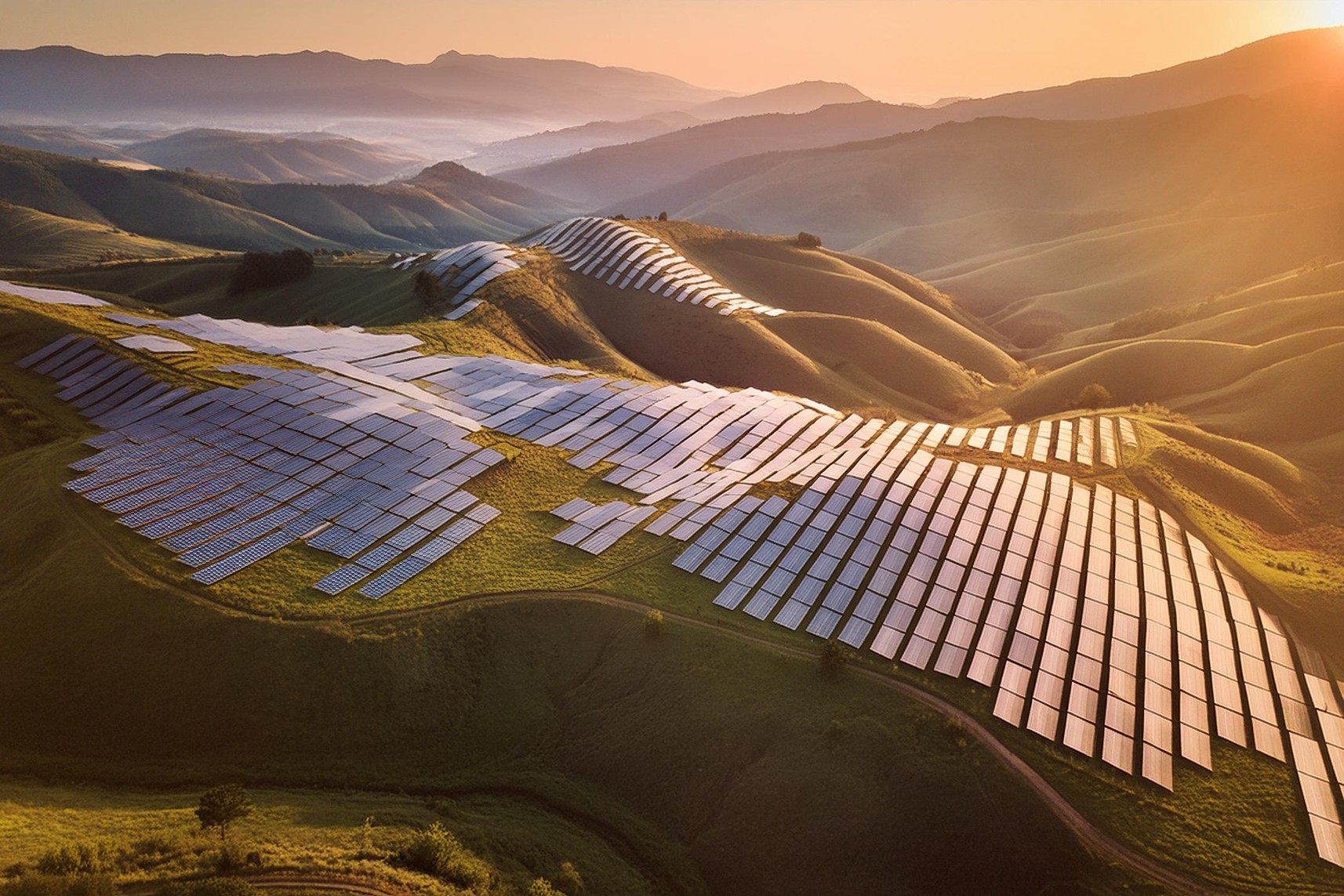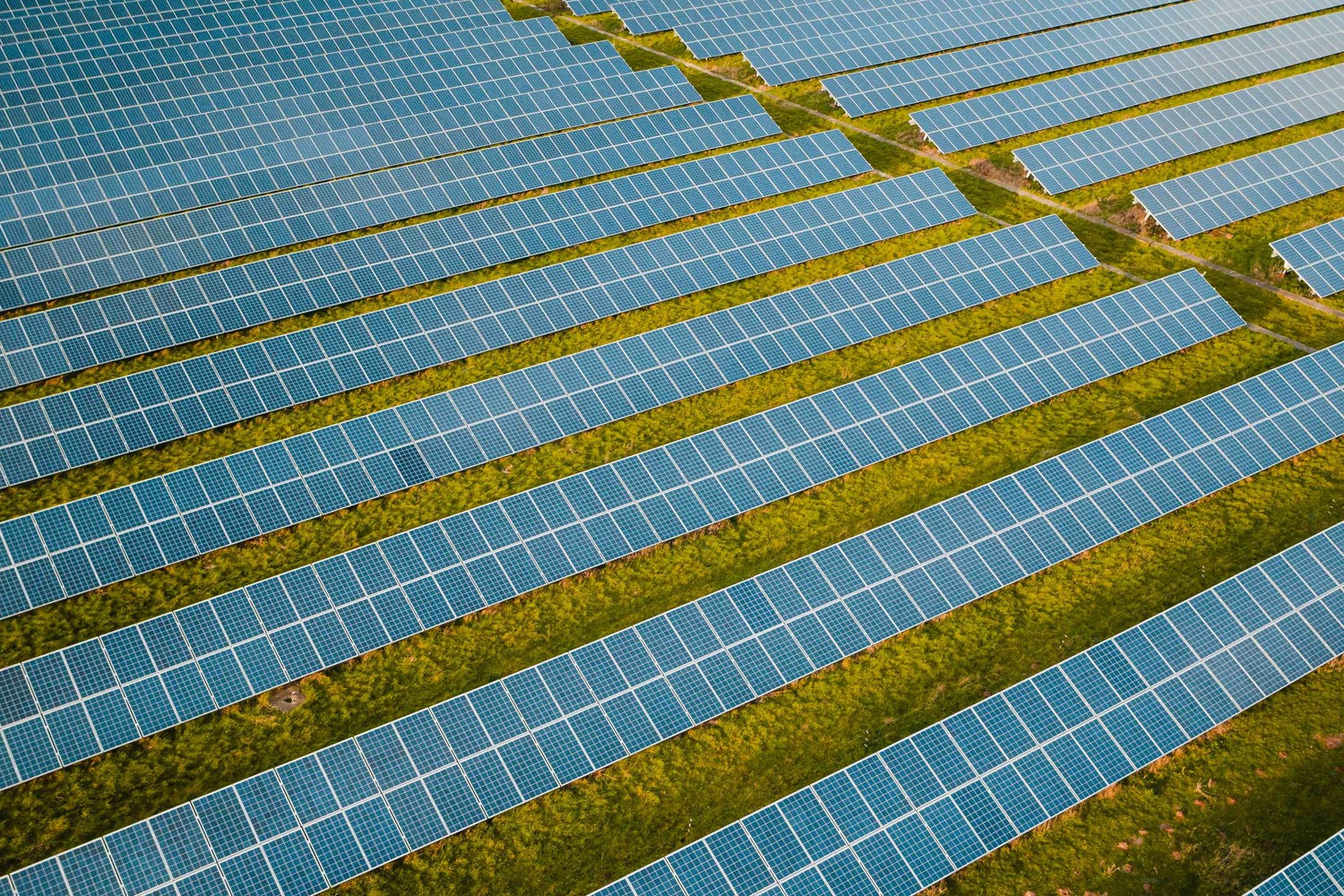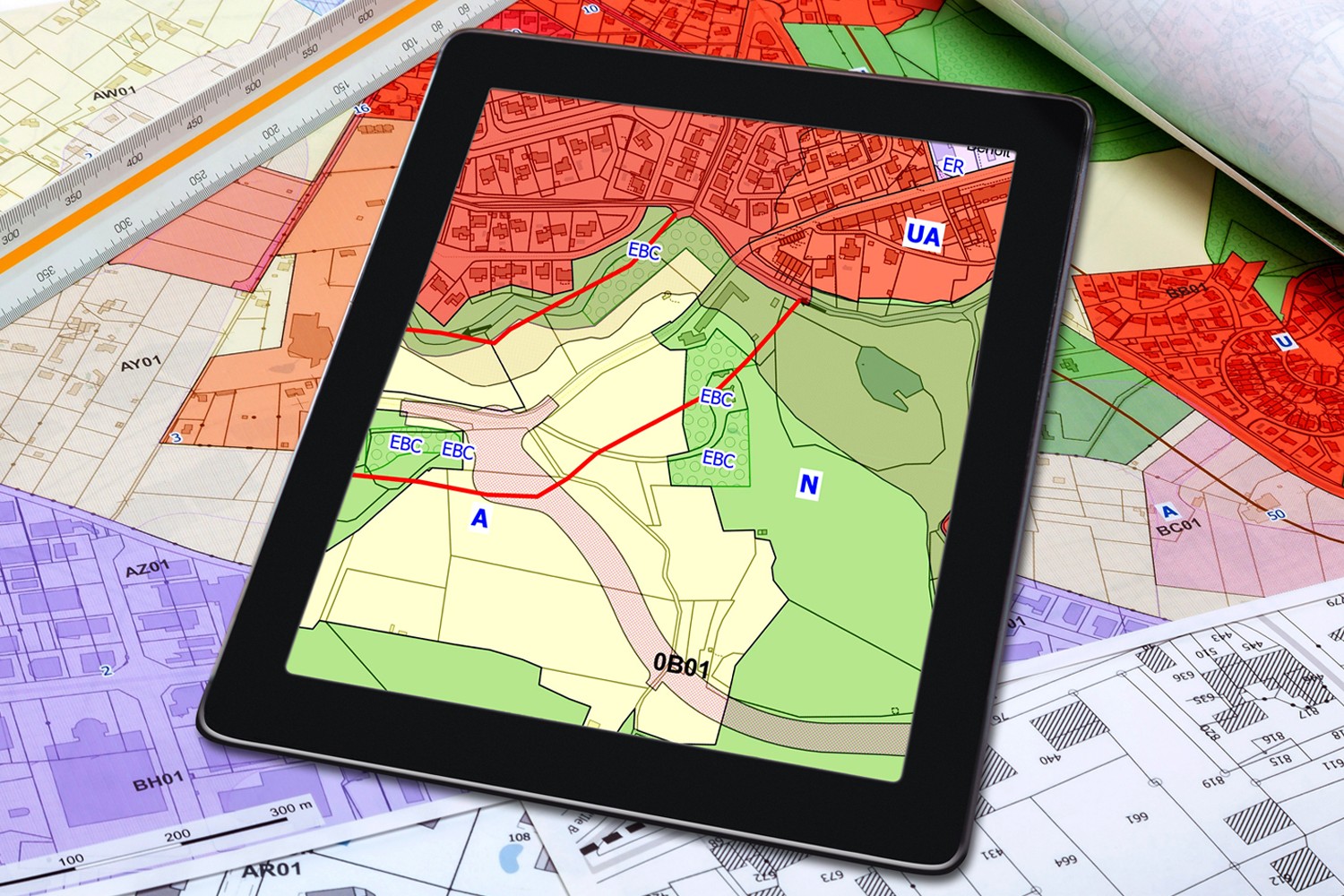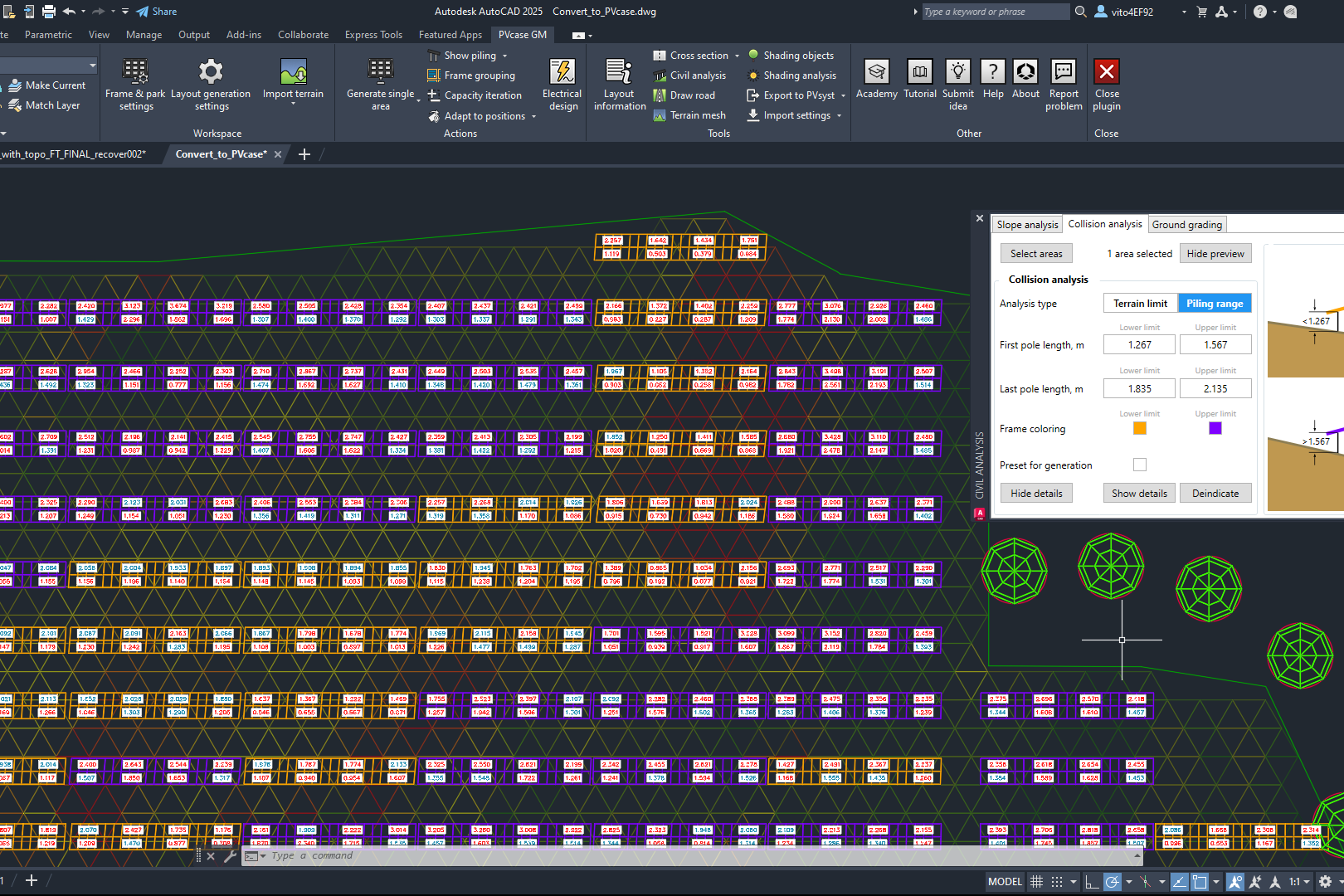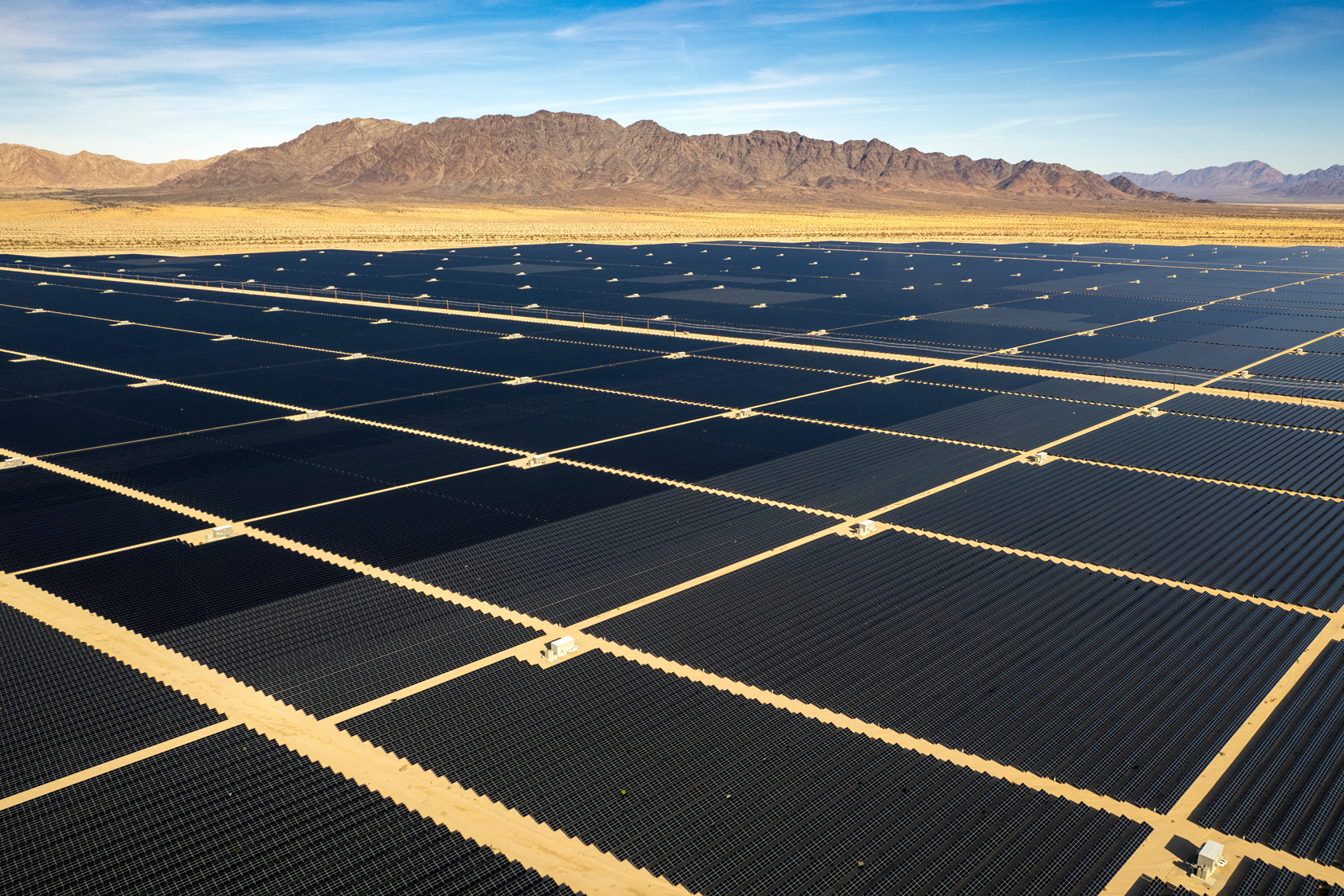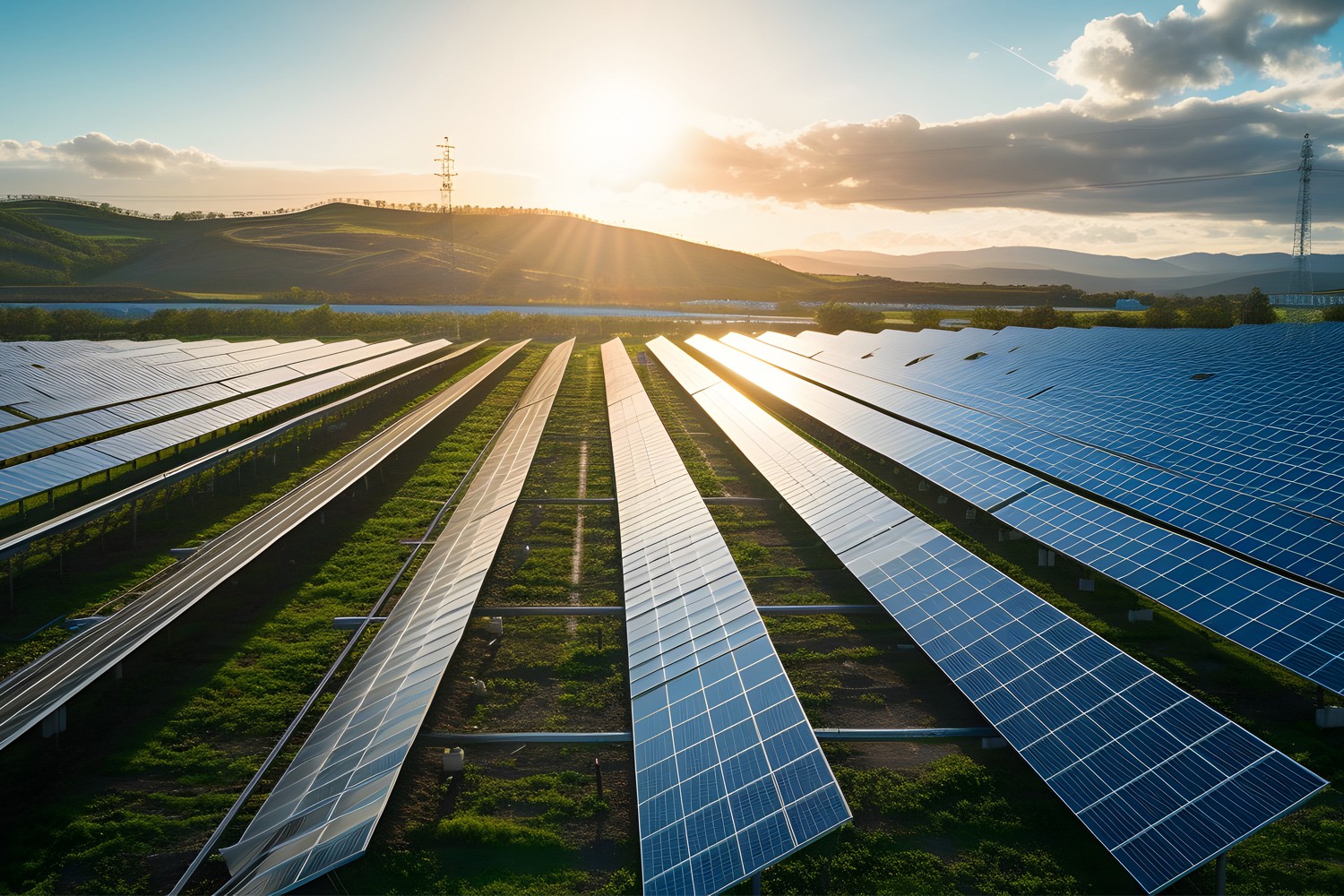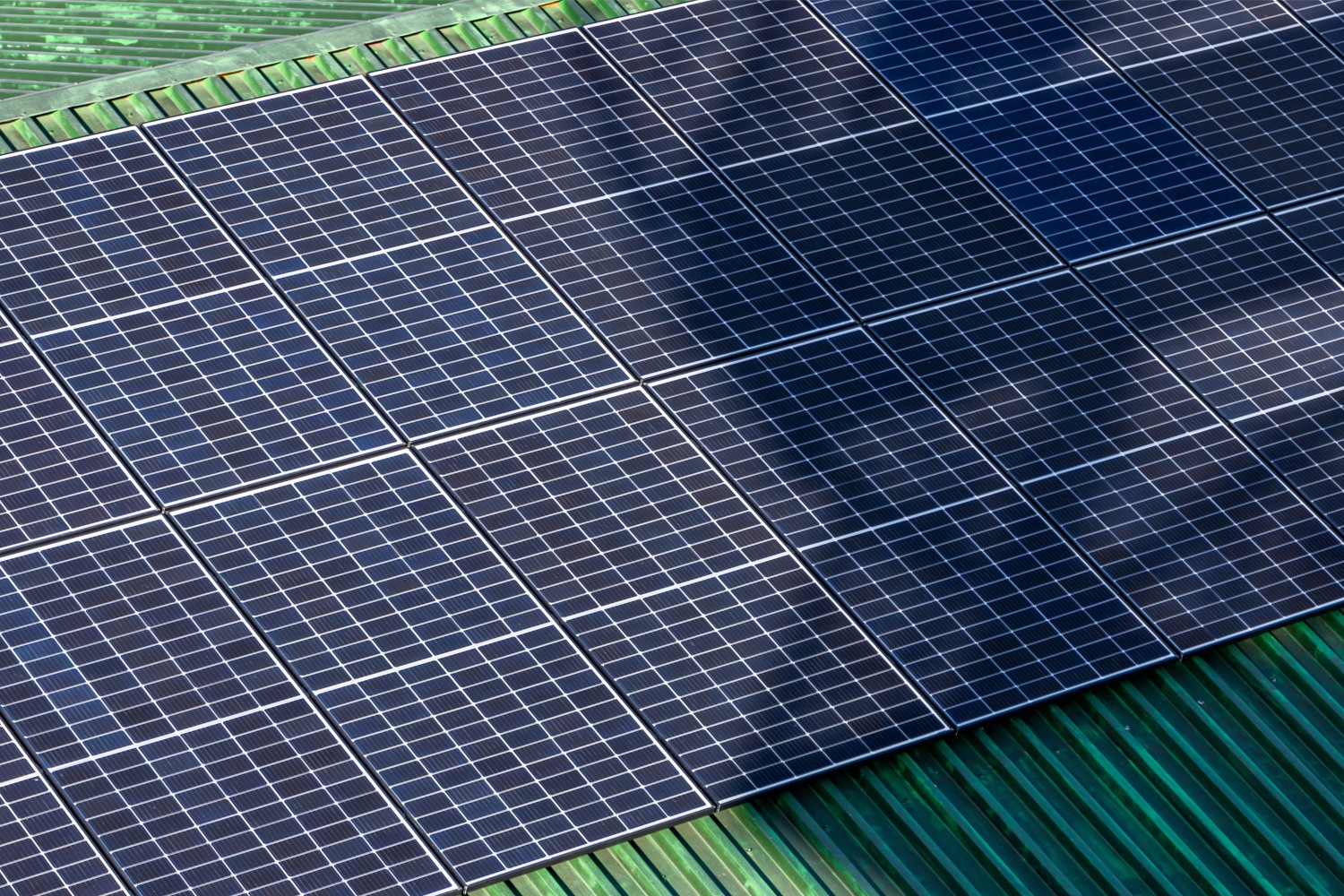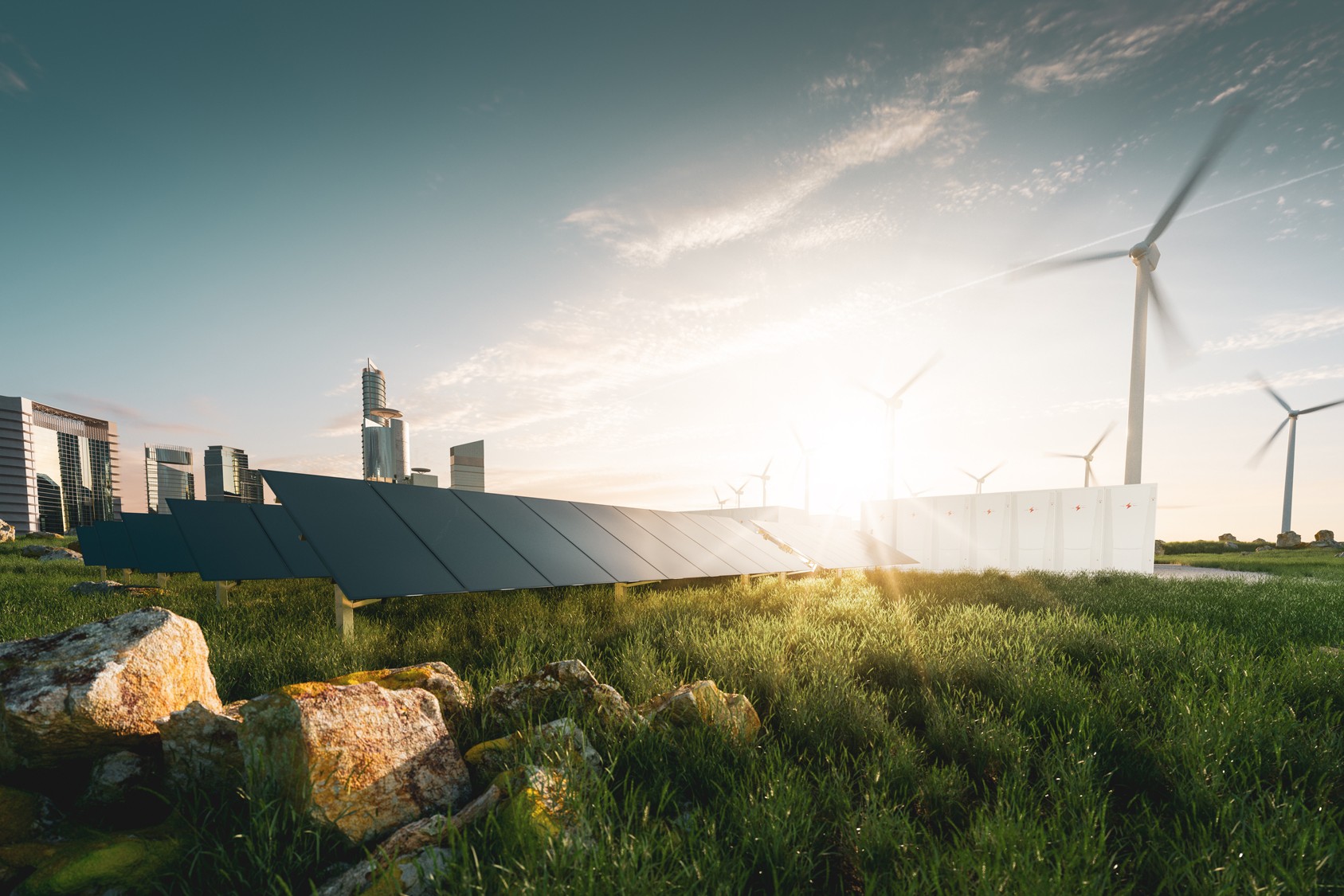Over the past decade, the solar installation industry has experienced an average annual growth rate of 24%. A 2021 study by the National Renewable Energy Laboratory (NREL) projected that 40% of all power generation in the U.S. could come from solar by 2035.
Solar’s current trends and forecasts look promising, with photovoltaic (PV) installations playing a major role in solving energy problems like carbon pollution and energy dependence. However, challenges related to solar energy threaten to slow growth and make solar less accessible to homeowners and businesses.
These issues include problems connecting solar to electrical grids, equipment shortages, supply chain delays, a lack of land for commercial solar arrays, and a lack of qualified contractors and laborers to meet installation demands.
Industry stakeholders, governments, manufacturers, and scientists are seeking ways to address these roadblocks and push the development of solar power forward. Here is a closer look at the issues affecting the PV sector and current efforts to solve them.
Technological limitations in photovoltaic efficiency
The U.S. Department of Energy defines solar conversion efficiency as “the percentage of the solar energy shining on a PV device that is converted into usable electricity.” The agency points out that most of the sunlight hitting PV cells gets lost during the conversion process. Light either gets reflected or turned into heat instead of getting converted into electricity.
Recombination is another factor limiting PV efficiency. It happens when charge-carrying electrons encounter defects in the PV material or merge with charge carriers known as “holes,” which do not have electrons. During recombination, the energy turns into light photons or heat instead of producing energy.
Currently, most panels have efficiencies of 17-20%.
Solutions to improve PV efficiency
Researchers have developed new technologies, such as multi-junction PV cells, which increase efficiency to more than 45%. Manufacturing costs, material availability, and other factors need to be addressed before this technology becomes accessible for commercial use.
Another solution is bifacial solar panels, which have cells on their underside to catch light reflected off the ground, roof, or other reflective surfaces. If combined with sun-tracking panels that adjust to maximize solar contact throughout the day, bifacial panels are 30-40% more efficient than their one-sided counterparts.
Solar intermittency and storage challenges
Solar intermittency is the most obvious issue related to PV panel efficiency. The sun is not visible for 24 hours per day except for a short time each year at extreme latitudes. Solar power users need other power sources to use after sunset, and utilities cannot rely on solar alone to provide electricity for their customers.
One solution is to capture extra energy during the daytime and store it. However, storage issues are common. Batteries add to the cost of solar installation. Costs for batteries to cover home energy are $8,500 to $10,000, not including installation and maintenance. These systems may not be enough to cover high energy usage periods, such as heating or cooling the home during extreme temperatures.
Solutions to improve solar reliability
One of the most common solutions for residential and small business customers is net metering. Users keep their utility connections, and their system feeds unused energy back into the grid. The utility company offers credits that the customer can use to cover the cost of electricity from the grid after dark.
Battery technologies are improving, and smart energy management software can help solar users maximize efficiency based on electricity usage patterns. Advances such as more efficient lithium-ion batteries and safer, faster-charging solid-state batteries are on the horizon. These could make storage more efficient and cost-effective and make it possible for more solar users to disconnect from the grid.
Geographic variations in solar intensity
In general, the closer to the equator a location is, the more solar radiation it receives and the more energy PV cells can produce. However, pollution, cloud cover, foliage, elevation, and other factors also play a role in how much solar energy hits PV panels.
In areas with low levels of solar radiation, such as locations in higher latitudes, solar panels may not produce as much energy, making them a less cost-effective option. The same could hold true for areas with lots of cloud cover and rainfall.
Solutions for solar intensity limitations
Solar optimization is one area that has already enjoyed significant advancements. For instance, solar tracking technology allows panels to adjust daily and seasonal changes in the sun’s location. Dual-axis panels rely on software to calculate the ideal angle and tilt based on available sunlight at a given time. Common in utility-scale ground-mounted systems, these systems ensure panels are always in the position to maximize solar radiation exposure.
AI-powered software can also perform an advanced site analysis and use mathematical models to help optimize the placement, location, and angle of panels in a solar array. With these tools, you can design ground-mounted and rooftop systems and calculate yield to ensure maximum exposure to solar energy.

Cost competitiveness with other energy sources
Solar energy itself is cost-effective. Systems produce free energy with limited maintenance for their lifespan, which averages 30 to 35 years. However, many people have to decide if solar is worth the investment.
The reason for this indecision is the upfront cost of solar installation and the knowledge that they may still have to pay for supplemental power at times. EnergySage puts the cost of an average home solar PV system at $30,000, with the price dropping to about $21,000 if you take advantage of government incentives.
This large initial investment may put solar out of reach for some customers and have others worrying about the return on their investment.
Solutions for cost-effectiveness
Federal and state incentives lower the overall cost of solar PV installation for both homeowners and businesses. However, other developments could help decrease costs.
NREL documented a trend of significant price decline for solar installations during the 2010s, with most of the cost decrease due to lower panel and equipment costs. In 2021, the Department of Energy announced an effort to lower prices even further, targeting 60% cheaper installation costs by 2030.
The DoE points to advances in promising technologies and low-cost materials, such as perovskite, as major cost-lowering factors. Also, an increase in domestic panel production will help avoid tariffs and geopolitical issues.
Land use requirements
Solar panels require a large area for energy production. Utility-scale solar farms use at least 10 times as much land as coal and natural gas plants, including the land to extract and transport the fossil fuels, to produce a comparable amount of power. This has raised concerns in sectors like agriculture, with farmers expressing worries that the best farmland could be earmarked for solar developments.
Finally, the DoE has also acknowledged concerns about how large arrays could affect wildlife, highlighting worries about water quality, bird collisions, and disruption to ecosystems.
Solutions for land use concerns
Design and optimization are key elements of the effort to limit the size of large solar plants. Utility providers can use specialized software to measure the potential yield of solar arrays. These tools will allow energy companies to minimize area while maximizing output.
Other advances focus on the novel field of agrivoltaics, which involves integrating solar into farmland without disrupting crop production. Solutions, like raised mounting systems and selection of shade-growing crops, are aspects of this effort, with some farmers finding advantages in the temperature regulation offered by solar panels to increase farm yields.
Solar panel life cycle and environmental impact
Solar panels degrade over time, with the lifespan depending on their build quality, maintenance, and local conditions. Most panels retain 80% of their electricity production capacity after 30 years. However, after that, they need to be removed and replaced. Environmental advocates express concerns about the inability to recycle panels and the potentially hazardous materials that some contain.
The environmental impact goes beyond waste. While the panels themselves produce energy without carbon emissions, other processes in the life cycle of a panel may not be as clean. Mining of necessary minerals and manufacturing panels may produce pollution, adding to the overall carbon footprint of solar energy. The same applies to transporting panels to installation locations. These factors increase the impact of panels on the environment, perhaps negating some of the benefits they provide.
Solutions for reducing environmental impact
Recent research has focused on solar panel recycling, with some studies producing promising results for the reuse of silicon from old solar panels. These developments could eventually lead to the reuse of materials, limiting waste.
Meanwhile, NREL highlights research efforts that could increase the lifespan of solar panels to 50 years or more. This effort requires experimenting with different cell and module technologies and working on panel packaging.
With the impressive growth of solar energy in recent years, the future looks promising. Researchers and companies are actively trying to address many of the problems slowing the solar PV industry, and governments continue to offer incentives and create policies that focus on making clean energy more accessible to everyone.
You might also be interested in:
July 19, 2024
Siting of PV power plants. How to adapt solar designs to complex terrains?
Choosing the wrong PV project site lowers energy output, raises costs, and risks legal issues. PVcase offers solutions. Discover them by reading the article.
July 16, 2024
Overcoming technical challenges in renewable energy projects. How PVcase transformed OHLA’s design process
Explore how OHLA overcame renewable energy design challenges with PVcase, streamlining solar park operations and achieving remarkable business growth.
July 3, 2024
Bridging the renewable energy skills gap. A success story of PVcase, Enery, and the University of Applied Sciences Upper Austria
Discover how PVcase, Enery, and the University of Applied Sciences Upper Austria have collaborated to prepare future solar engineers through an innovative educational initiative,…
July 1, 2024
Top 10 questions from Intersolar Europe 2024, answered
Get answers to the top 10 questions asked during Intersolar Europe 2024 that cover PVcase Prospect's availability, integration of PVcase products, and much more. Your question is…
June 19, 2024
Targeted solar marketing for successful landowner outreach — e-book included!
Discover how innovative strategies and Anderson Optimization's GIS Site Selection can boost solar outreach ROI and conversions. Download the ebook for more insights!
June 3, 2024
PVcase is part of the 42-month long SUPERNOVA project
PVcase, together with 19 partners from all over the world, is part of the 42-month SUPERNOVA project, focusing on O&M and grid-friendly solutions for reliable, bankable, and…
May 29, 2024
PVcase tools are now compatible with AutoCAD 2025!
We’re happy to announce that you can now use PVcase Ground Mound and Roof Mount, our flagship CAD-based tools, on AutoCAD 2025, enjoy its multiple functionalities and integrate…
May 20, 2024
PVcase is the finalist of “The smarter E AWARD” in the Photovoltaics category
We’re the finalists of “The Smarter E AWARD”! Read more about the nomination and dive into the PVcase Integrated Product Suite offering that innovates the industry.
May 14, 2024
Making great designs on good sites—the importance of topo data for PV design
Topo data is the first step in determining the success of your solar project. While the terrain is crucial in this regard, developers should also consider grid connectivity and…
April 29, 2024
How policy can shape future solar energy expansion
Policymakers and regulatory organizations must actively support solar power's growth and renewable energy advancement. Read the article to learn how.
April 25, 2024
Shading Analysis: advanced feature for C&I roof-mount solar projects is live
Shading Analysis is live! Read the article to learn about benefits, capabilities of the tool, and how it can help users and decision-makers.
April 9, 2024
PVcase wins the BNEF Pioneer Award 2024 for innovative solar design solutions
We won the prestigious 2024 BNEF Pioneers Award! Find out how our software contributes to relieving bottlenecks in the deployment of clean power.
March 29, 2024
Sustainable cities: what urban living of the future might look like
From clean energy to green bonds and renewable energy stocks, there are many ways you can invest your money in a sustainable future. Find them out by reading the article.
March 22, 2024
8 ways to invest your money in a sustainable future
From clean energy to green bonds and renewable energy stocks, there are many ways you can invest your money in a sustainable future. Find them out by reading the article.
March 21, 2024
8 business opportunities in renewable energy
There are many potentially lucrative business opportunities in renewable energy. Learn how you can use these opportunities to make money while contributing to the green…




